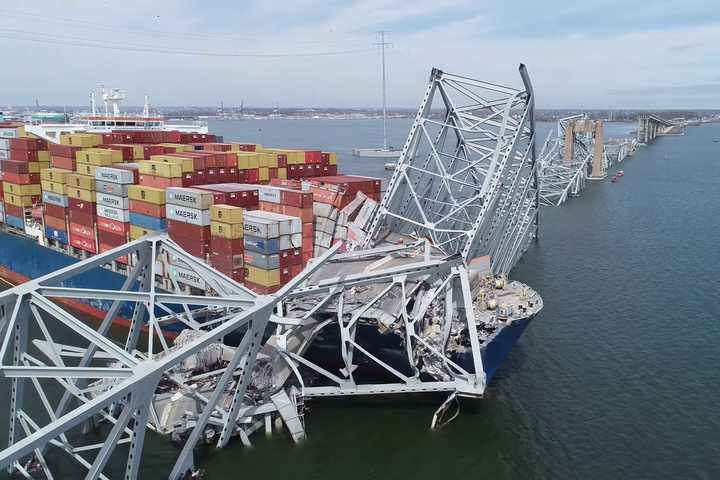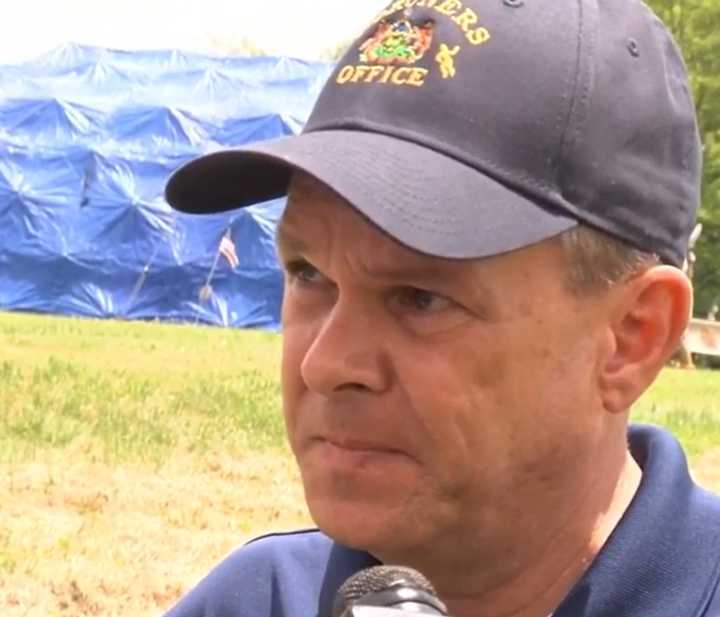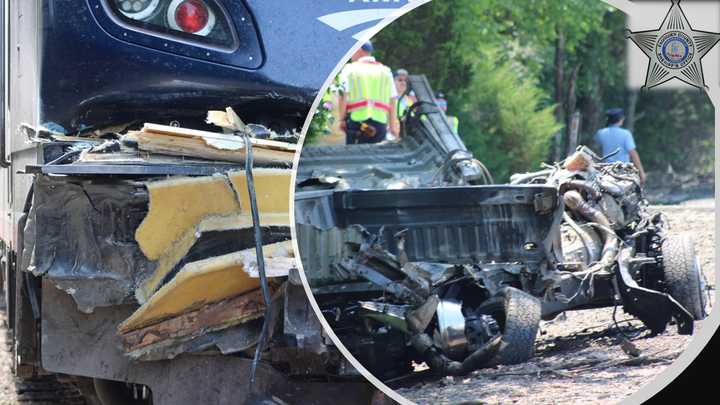Demolition Of Maryland s Key Bridge Is About To Begin Here’s When
The demolition is underway.
Francis Scott Key Bridge and Cargo Ship Dali in an NTSB drone photo
Key Bridge by Francis Scott
collapse of the Key Bridge.
collapse of the Key Bridge.
The collapse of the Francis Scott Key Bridge
Collapse of the Key Bridge
The Maryland Transportation Authority (MDTA) said Thursday, June 26 that crews would start tearing down the remnants of the Francis Scott Key Bridge “on or about” Monday, July 7, marking a significant milestone in the state’s enormous reconstruction project.
The construction, which is anticipated to take several months, is a significant milestone in the Key Bridge Rebuild project.
Before demolishing the bridge sections over Hawkins Point and Sollers Point, crews will start by dismantling the remaining deck across the Patapsco River.
We shall not utilize controlled detonations.
According to officials, the structure will be dismantled using heavy equipment such as excavators, concrete saws, cranes, vacuums, and on-site concrete crushers. In order to cut expenses and truck traffic, materials will be recycled.
There will be visible truck and equipment traffic across the bridge, busy tug and barge activities on the lake, and the usual noise of large construction projects between 7 a.m. and 7 p.m. for the surrounding towns.
Barges will be utilized to define safety zones that vessels must avoid and to provide protective shielding. No-entry zones will be marked by buoys.
The following are part of the demolition process:
- Removal of the deck, barriers, and parapets over the river from both Hawkins Point and Sollers Point;
- Removal of deck, barriers, parapets, girders, and piers on landside approaches down to just below ground level;
- Removal of the original north and south abutments.
MDTA has already set up monitoring devices to keep tabs on the noise and vibration levels in the surrounding areas in anticipation of demolition.
There will be speed limits and canal safety notices, and the agency has committed to providing regular information on any disturbances to the roads, communities, or waterways.
The new bridge will be built wholly within MDTA’s current right-of-way, however it will be located somewhat east of the old structure.
Requests for permit modifications have been sent to the US Army Corps of Engineers, US Coast Guard, Maryland Department of the Environment, and Maryland Board of Public Works.
The following is reflected in the requests:
- Updates to the bridge pier foundation design and pier protection elements;
- A modified trestle configuration;
- A decrease in authorized impacts to tidal waters, with additional impacts to non-tidal wetlands and waterways.
Additionally, the project’s categorical exclusion will be reevaluated for the Federal Highway Administration. It is not anticipated that environmental impacts will significantly increase.
This summer’s additional Patapsco River projects include:
- Test pile driving, with marine equipment mobilization and pile driving set to begin in the coming weeks and continue into the fall;
- Geotechnical exploration, with land and water drilling continuing through the summer;
- Wind tunnel testing and scour modeling to understand water and wind impacts on the new structure.
In order to help the rebuild, officials say MDTA staff have already finished 1,121 property inspections since January and carried out in-depth topographic surveys, utility mapping, and geotechnical investigations.












